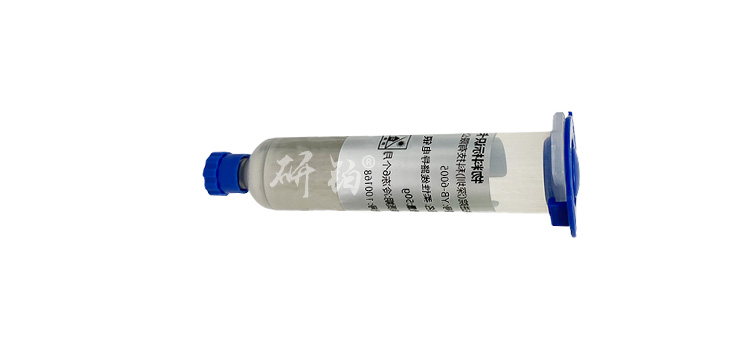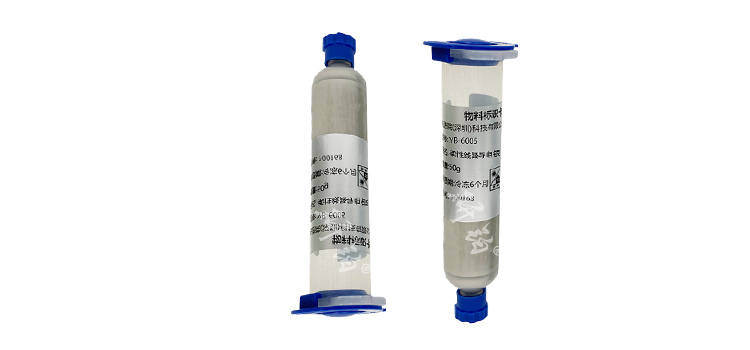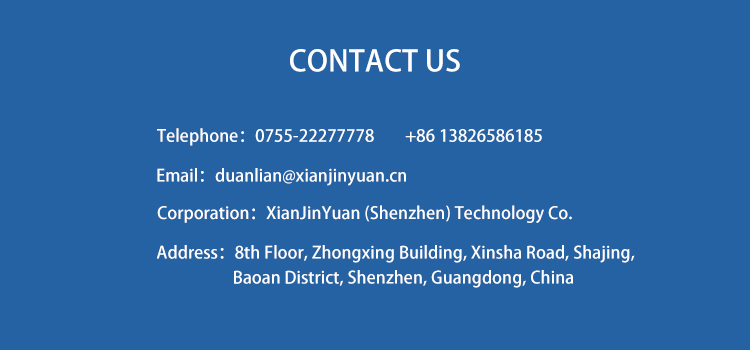The development of flexible electronic technology has promoted the research of new packaging materials.Flexible conductive adhesive for packagingAs an important connecting material, it not only needs to have good conductivity, but also needs to be able to maintain stable electrical connections under bending, folding, and other conditions. With the advancement of microelectronic packaging technology, especially the development of flip chip packaging technology, the requirements for conductive adhesives are becoming increasingly high.
1. Overview of Flexible Conductive Adhesive
- Definition and Composition: Flexible conductive adhesive is an adhesive with certain conductivity properties after curing or drying, mainly composed of matrix resin and conductive filler.
- Classification: According to the distribution characteristics of conductive particles, they can be divided intoIsotropic conductive adhesive(ICA) andAnisotropic Conductive Adhesive(ACA)。 ICA contains a high proportion of conductive particles, making it conductive in all directions; ACA, on the other hand, only exhibits conductivity in the vertical direction (Z-axis) by controlling the distribution of conductive particles.
- Performance requirements: Conductive adhesive needs to have good conductivity, appropriate viscosity, good flowability, and sufficient mechanical strength.

2. Preparation methods and material selection
- Basic polymer: Commonly used matrix resins include epoxy resin, silicone resin, etc.
- Conductive fillers: Commonly used conductive fillers include silver, copper, carbon, andcomplex conductive fillersWait. Silver based and composite conductive fillers are widely used due to their excellent conductivity.
- Special formula: For example, using low melting point metal conductive particles to improve the conductivity and flexibility of the conductive adhesive.
3. Application Fields
- Microelectronics packaging: used for flip chip packaging, especially in the packaging process of flat panel displays (FPDs) and liquid crystal displays (LCDs).
- Flexible printed circuit board: suitable for packaging flexible printed circuit boards (FPCs), it can meet the special requirements of flexible circuit boards for connection materials.
- Flexible electronic devices play an important role in various fields such as flexible sensors, wearable devices, and energy storage systems.
4. Key Technologies and Challenges
- Improvement of conductivity: Optimizing the conductivity of conductive adhesive by adjusting the type, shape, and content of conductive fillers.
- Reliability issue: Solve the problems of unstable contact resistance and poor impact resistance that may be encountered during long-term use.
- Environmental adaptability: Improve the stability and reliability of conductive adhesive under temperature and humidity changes.

5. Development Trends
- Exploration of new materials: Develop new conductive fillers and matrix resins to further improve the comprehensive performance of conductive adhesives.
- Multifunctionality: Develop conductive adhesives with additional features such as self-healing ability, electromagnetic shielding, etc.
- Environmentally friendly: Developing lead-free and low pollution solutionsConductive adhesive materialIn line with the development direction of green packaging technology.
conclusion
As an important material in the field of electronic packaging, flexible conductive adhesive technology and applications are constantly advancing. With the emergence of new materials and technologies, flexible conductive adhesives are expected to play a greater role in the future flexible electronics industry.





